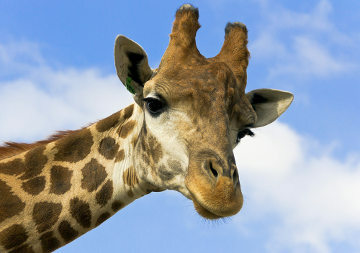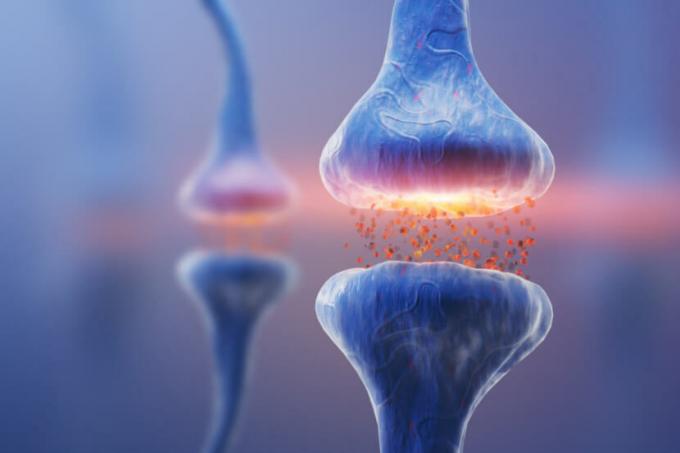Have you ever stopped to think about what the stars, sky, grass, flowers, trees, animals and furniture in your home are made of? Now look at your hand. What is your hand made of? What makes up her and all the parts of her body? Have you ever stopped to think about it?
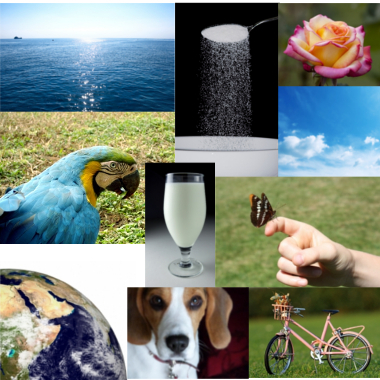
Have you ever stopped to think what all things are made of?
For example, imagine that you take a loaf of bread and start to crumble it. Eventually you'll come to such a small piece of bread that you won't be able to break it anymore. But is there a part that is even less than a crumb?

Is there anything smaller than bread crumbs?
Since a long time ago the human being has been trying to find the answer to this important question: What are all things made of?And the answers began to be given in the Greece. Some philosophers like Aristotle, believed that all things were composed of four main elements: water, earth, fire and air. But over time, several scientists showed that this was not true.
We now know that all things are made of tiny particles called atoms.
The first to have this idea were the philosophers Leucippus and Democritus around 400 BC. Ç. But it was a long time later, only in 1808, that the scientist John Dalton managed to prove through experiments that all things are made of atoms.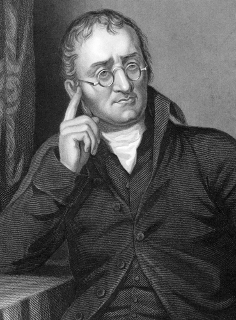
scientist John Dalton
Thereafter, several scientists began to study the atom and discovered many interesting things about it. For example, atoms are particles so small that we can't see them with the naked eye or even using a very powerful microscope. To give you an idea, look at a hair on your head. It's very thin, isn't it? But if we put 1,000,000 atoms side by side, they wouldn't reach the thickness of your hair!
So atoms are really very small and we cannot see them in photos, movies or any other reproduction of reality. That is why, were created models or representations of ideas of what atoms would be like. Today the most accepted atomic model is shown in the figure below. see that the atom has a core, a part in the center that is made up of positive particles called a protons and neutral particles called neutrons. Around this nucleus are rotating other smaller negative particles that are called electrons:
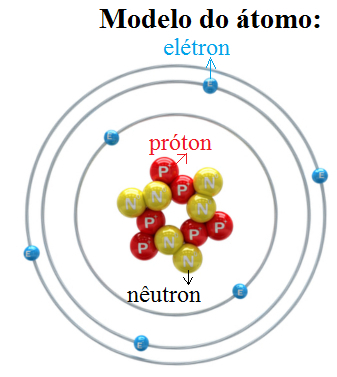
All things are made of atoms like this model
Thus, several equal atoms unite to form the elements. See the examples below:
* Several equal atoms, which have only 1 proton at the core, they unite to form the element hydrogen;
* The same atoms that have 8 protons at the core unite to form the element oxygen;
* The atoms that have 26 protons at the core unite to form the element iron;
* The atoms that have 47 protons at the core unite to form the element silver;
* The atoms that have 79 protons at the core unite to form the element gold.
Understood? After that,these elements can also link or blend together to form the materials we see around us and within us.
By Jennifer Fogaça
Graduated in Chemistry

